10 °c Wind speed: 31.5 km/h Precipitation: 38.5 % Cloudiness: 82 % Humidity: 80 mm Pressure: 38.5 mb
St. Audoen's Church
High Street
Dublin 8
D
Ireland
Description
Right, so you're in Dublin. You've maybe seen the Spire, had a pint or two. But have you ever stood somewhere that just feels ancient, like the very stones are humming with tales from centuries gone by? If you're nodding, or even if you're just curious, you have to make a beeline for St. Audoen's Church. It's tucked away, a bit like a well-kept secret, near what's left of Dublin's old city walls. This isn't just any old church, mind you. It's the oldest parish church in Dublin still holding services, and let me tell you, it's seen more drama, devotion, and downright Dublin life than you could shake a stick at.
St. Audoen's isn't about flashy grandeur. It's got this quiet dignity, this survivor’s charm. It doesn't shout its history at you; it kind of whispers it, drawing you in. You've just got to be willing to listen.
How It All Kicked Off: Norman Muscle and a Saintly Connection
So, let's rewind. Way back. We're talking late 12th century, around 1190. The Normans, having recently arrived and still settling in, decided they needed a proper place of worship. They named this one after St. Ouen of Rouen, a big-deal saint from their neck of the woods in Normandy. Always good to have friends in high places, right? Now, there's a tantalising hint—a really old gravestone from the 9th century found right there—that this spot might have been sacred even before the Normans showed up, maybe a quiet nod to Ireland's own St. Colmcille. Dublin's like an onion, I tell ya—layers upon layers.
This wasn't just about Sunday service. For the new Anglo-Norman community, St. Audoen's was a statement. It was their spiritual home base, and it quickly wove itself into the fabric of medieval Dublin. That first simple church, just a nave and a chancel, was only the opening chapter of a very, very long book.
Brick by Brick, Tale by Tale: A Church That's Worn Its Ages Proudly
St. Audoen's isn't stuck in a time warp. Oh no, it's more like your favourite, well-loved jumper—patched up, added to, and all the more characterful for it. Those sturdy walls you see? They're made of local calp limestone, and they've stood their ground against everything Dublin could throw at them for over eight centuries. Just think of the gales they've weathered, the secrets they’ve kept!
You’ll spot bits of solid Norman design, like a gorgeous old doorway that's welcomed generations. Then there are the elegant Gothic arches from around 1300, still showing off their fancy 'dogtooth' carvings—proper medieval artistry. The church got bigger when times were good, especially when they built St. Anne's Chapel for the city's powerful trade guilds. Later on, when things weren't so rosy, parts of it fell into disrepair, only to be lovingly restored in the 19th century when all things medieval were cool again. It's this wonderful jumble of styles, a history lesson you can reach out and touch.
And the tower! That's got a few tales of its own. Mostly 17th century, it took a tumble onto the church roof in 1669 and had to be patched up—imagine the local gossip that day! But here's the really amazing bit: it houses six bells, and three of them were cast way back in 1423. Three of Ireland’s oldest bells, still ringing out. Can you just imagine the sound of them over medieval Dublin, marking everything from plagues and wars to royal visits and everyday life? If you're lucky, you might hear them today—a direct, booming hello from 600 years ago. Getting up there involves a genuine medieval spiral staircase—96 stone steps, so watch your footing!
Guilds, Glory, and a "Lucky" Old Rock: What Really Went On Here?
This church wasn't just on the sidelines; it was bang in the middle of medieval Dublin life. Big news was announced here—papal bulls, the lot. Public apologies and penances? Yep, right here (can you imagine the cringing?). St. Anne's Chapel, added in the 1400s, became a real hub. It was home to the very influential Guild of St. Anne, set up in 1430. These guys, along with other city guilds—the smiths, bakers, butchers, you name it—didn't just come here to pray. They sponsored chapels, paid for priests to sing masses (good for the soul, and probably good for business contacts too!), and generally made sure they were spiritually sound. St. Anne's alone had five altars going full tilt!
Then there’s the wonderfully quirky "Lucky Stone." It's an ancient Celtic gravestone, been around this part of town since before 1309. The story goes that local merchants and traders would give it a rub for a bit of good luck before a big deal. A clever Dublin Mayor once put it next to a public water fountain in the Cornmarket, so everyone grabbing a drink could also get a dash of fortune. It's been pinched a few times over the centuries, but like a particularly stubborn charm, it always found its way back. You can still see it in the porch. Go on, risk a touch. You never know!
And you definitely can't miss the grand tomb of Lord Portlester (that's Sir Roland Fitz-Eustace, a man with a C.V. as long as your arm—Deputy Lord Lieutenant, Lord Chancellor, you name it) and his wife, Margaret. It's from the 15th century, and get this—he had it built a good 14 years before he passed away. Talk about planning! His statue shows him with his feet on a dog whose mouth is shut – a little medieval symbol that he died peacefully. He was hoping for the best!
Still Here, Still Telling Tales: Why St. Audoen's Is a Dublin Must-See
So, with all the other amazing things to see in Dublin, why make time for this old church? Because St. Audoen's gives you something pretty unique: a direct, unbroken line right back to when modern Dublin was just finding its feet. The fact that it's still here, still used as a parish church, is nothing short of amazing. It wasn't knocked down and rebuilt to suit Victorian tastes, like so many others; its periods of being a bit down-at-heel probably saved its medieval soul.
It’s a beacon of bygone eras, for sure, but it's also a quiet reminder that some things endure—faith, community, the human need for places that feel sacred. It's not a massive cathedral trying to wow you with scale; it's a parish church that's grown up with its city, shared its ups and downs, and now generously shares its incredible story with anyone who steps through its doors. Wander through St. Audoen's Arch—the last proper gate of the old city walls still standing—find the church, go inside, and just listen. The history here doesn't just whisper; sometimes, it feels like it's having a good old chat with you. And that’s an experience that'll stay with you, a real piece of old Dublin to treasure.
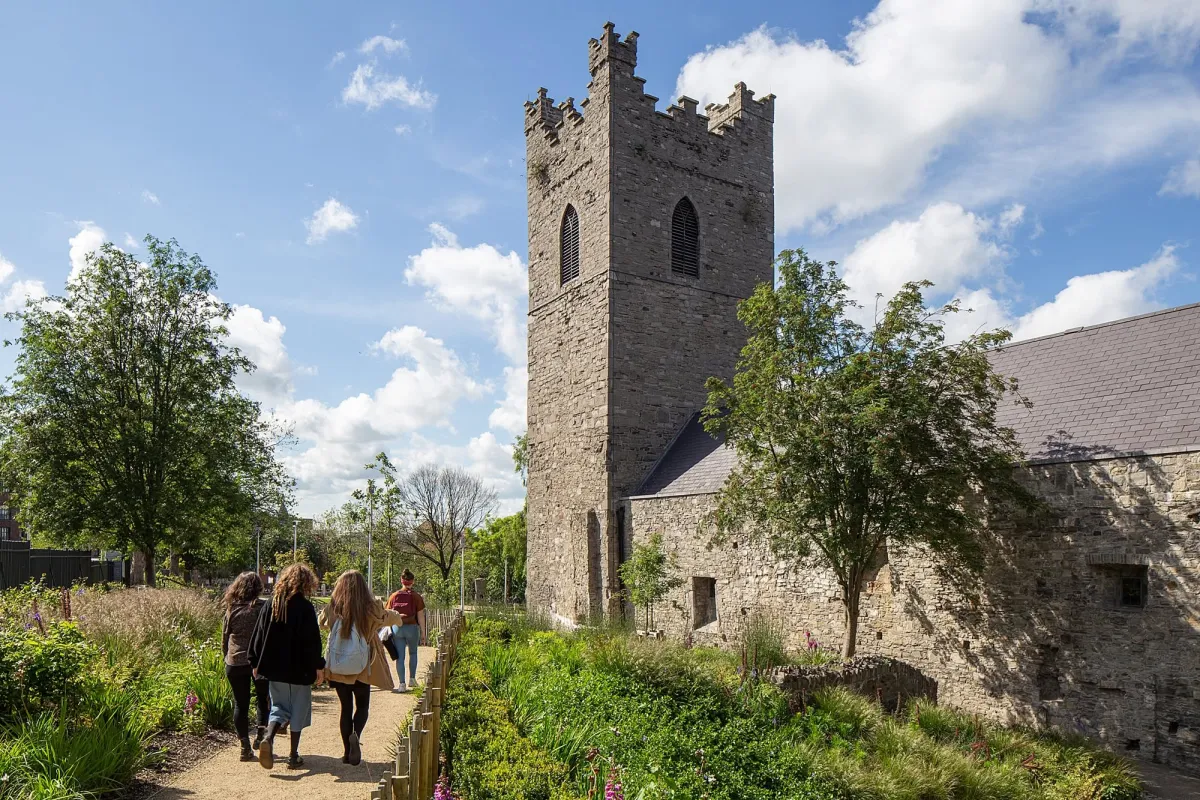
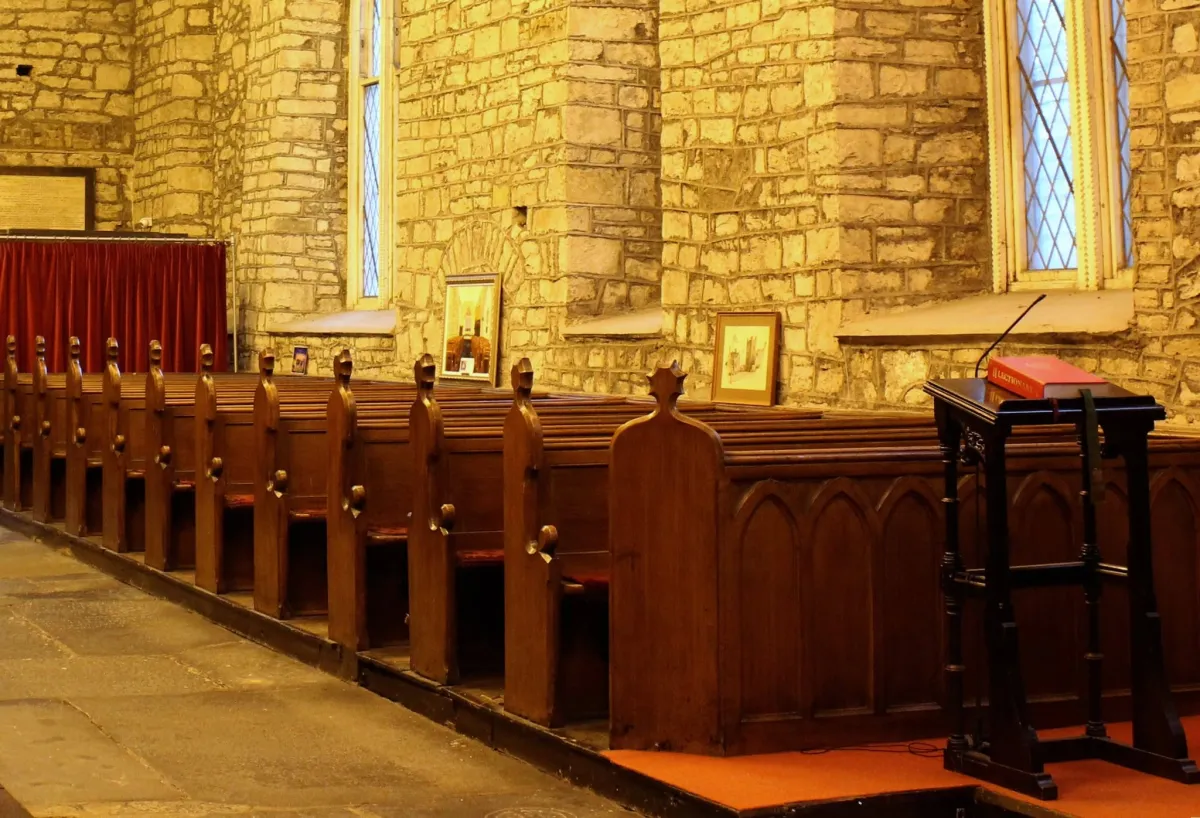
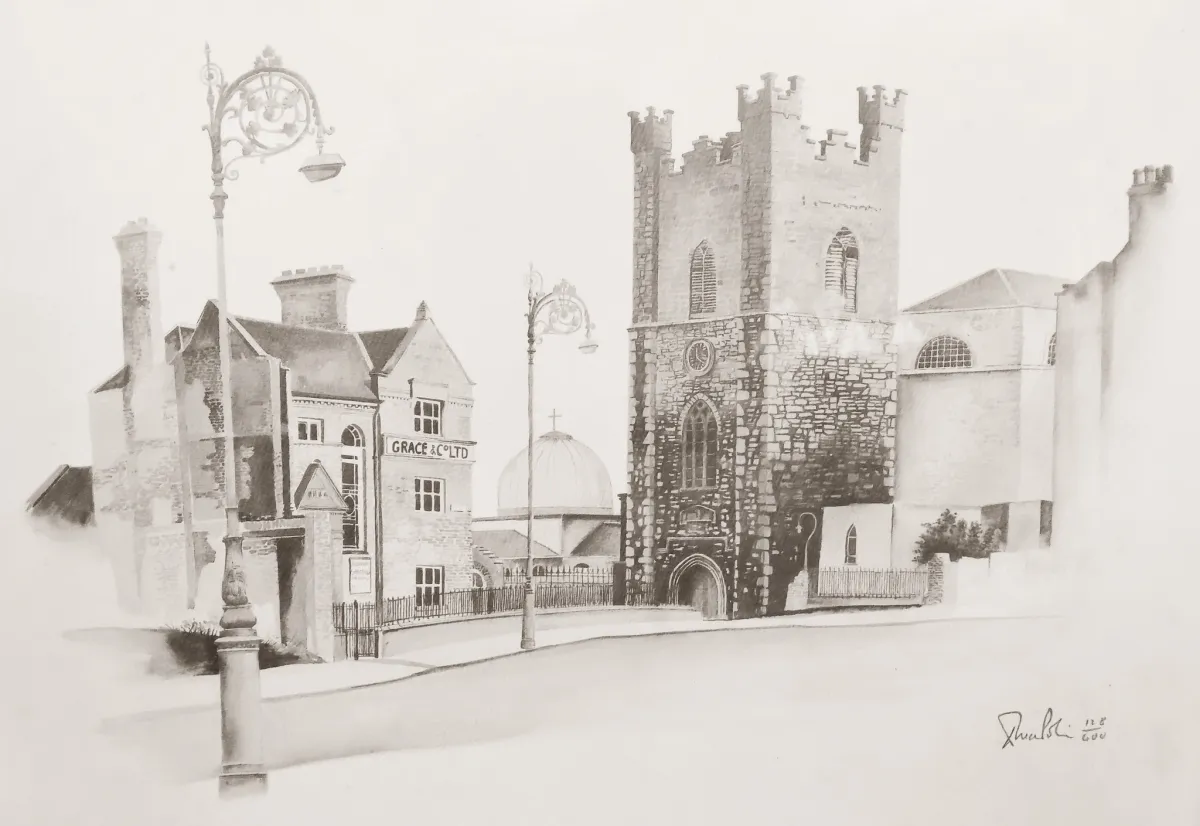
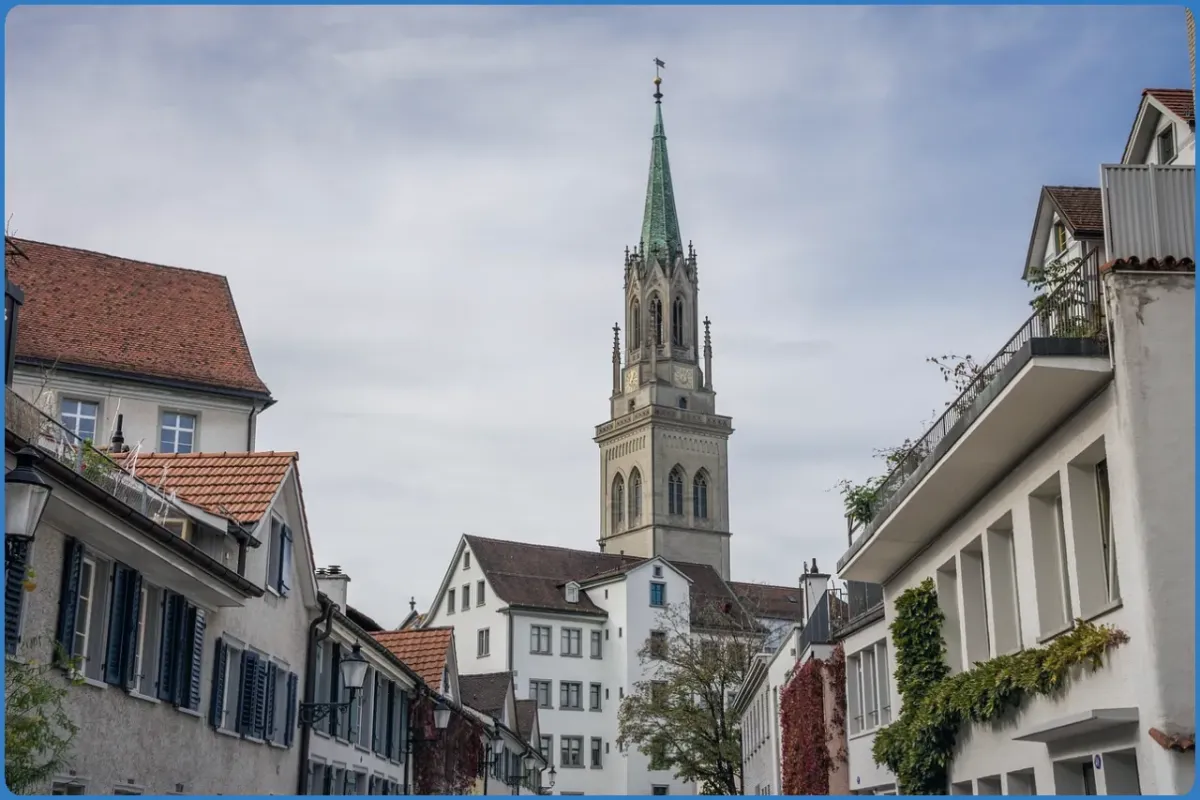
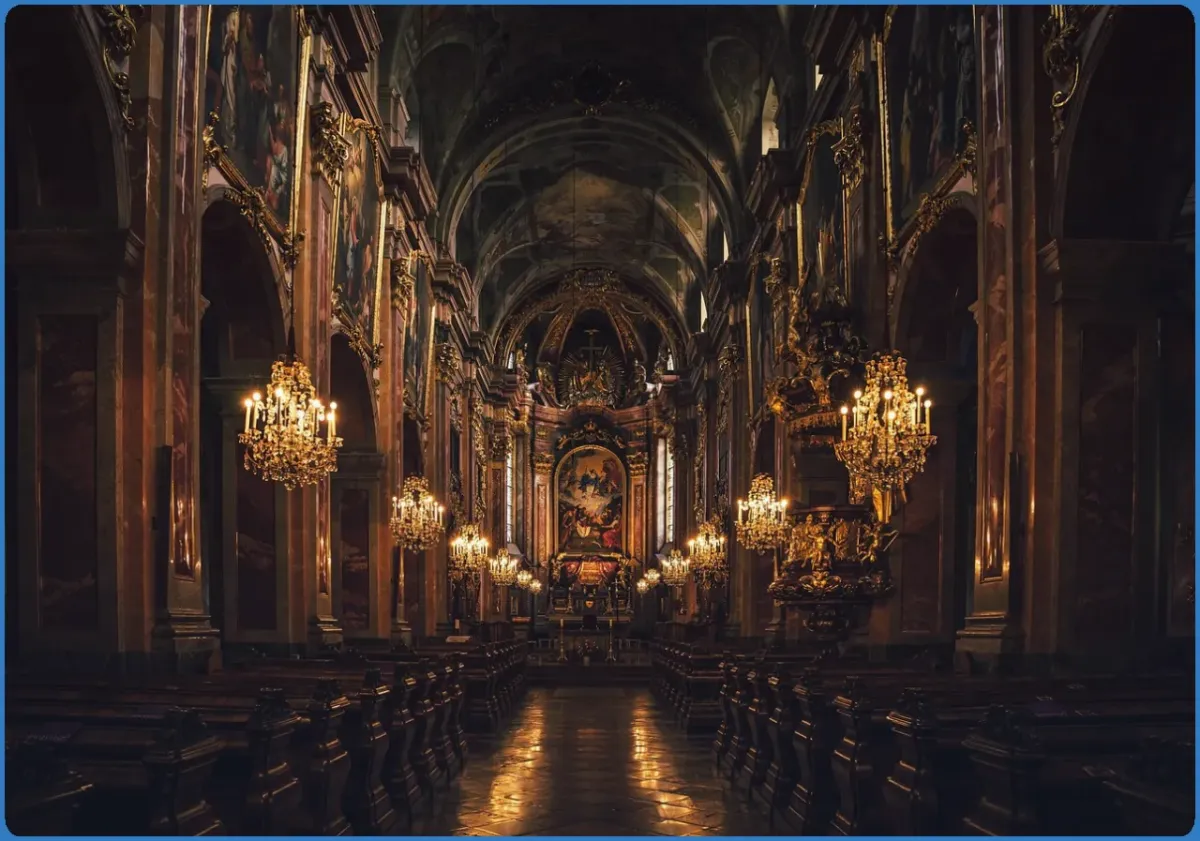

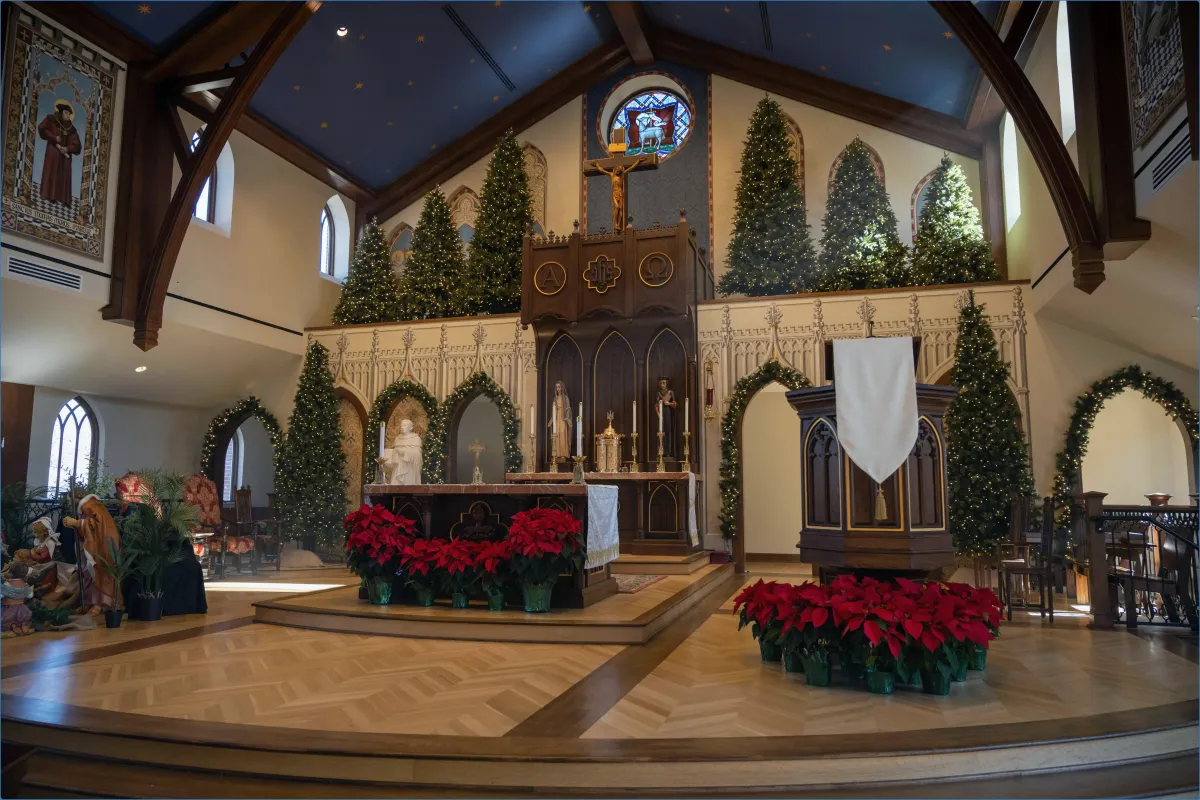
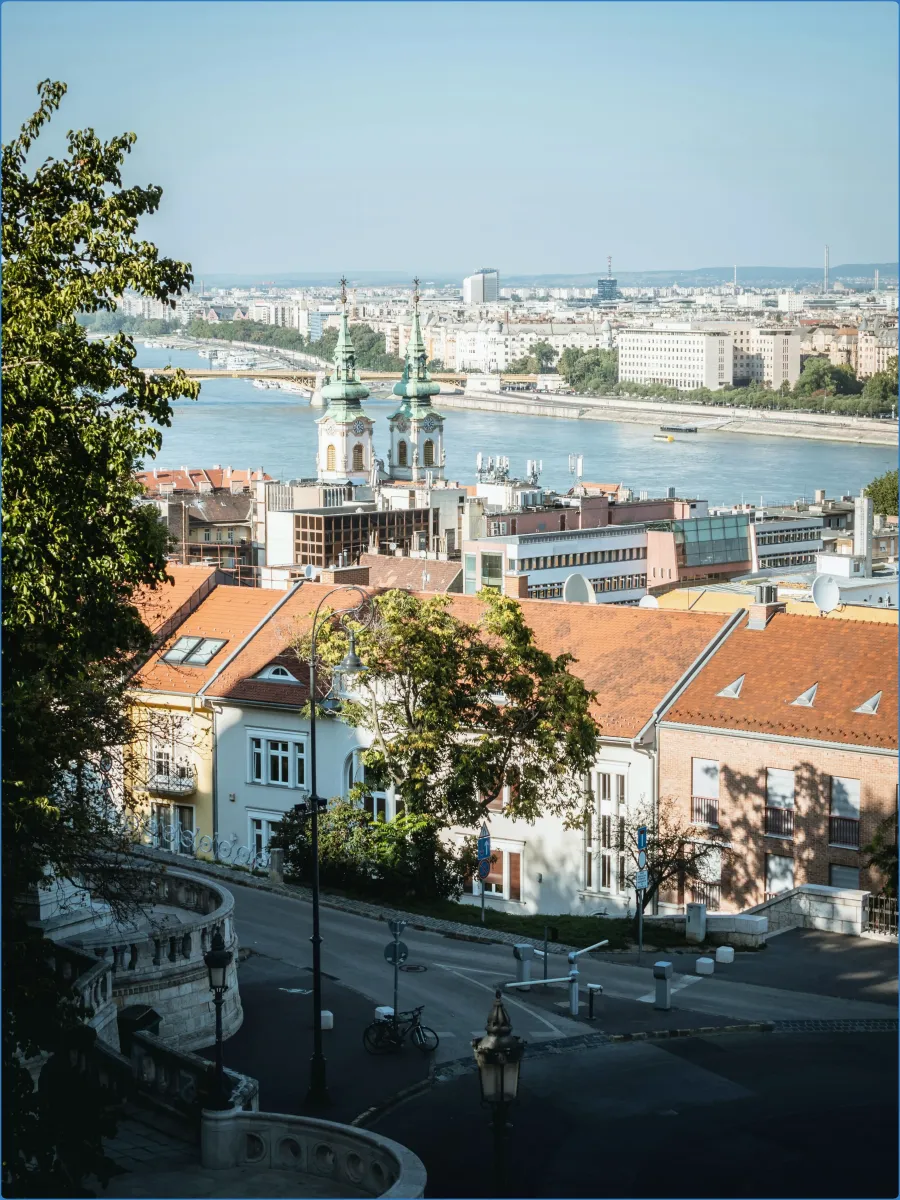
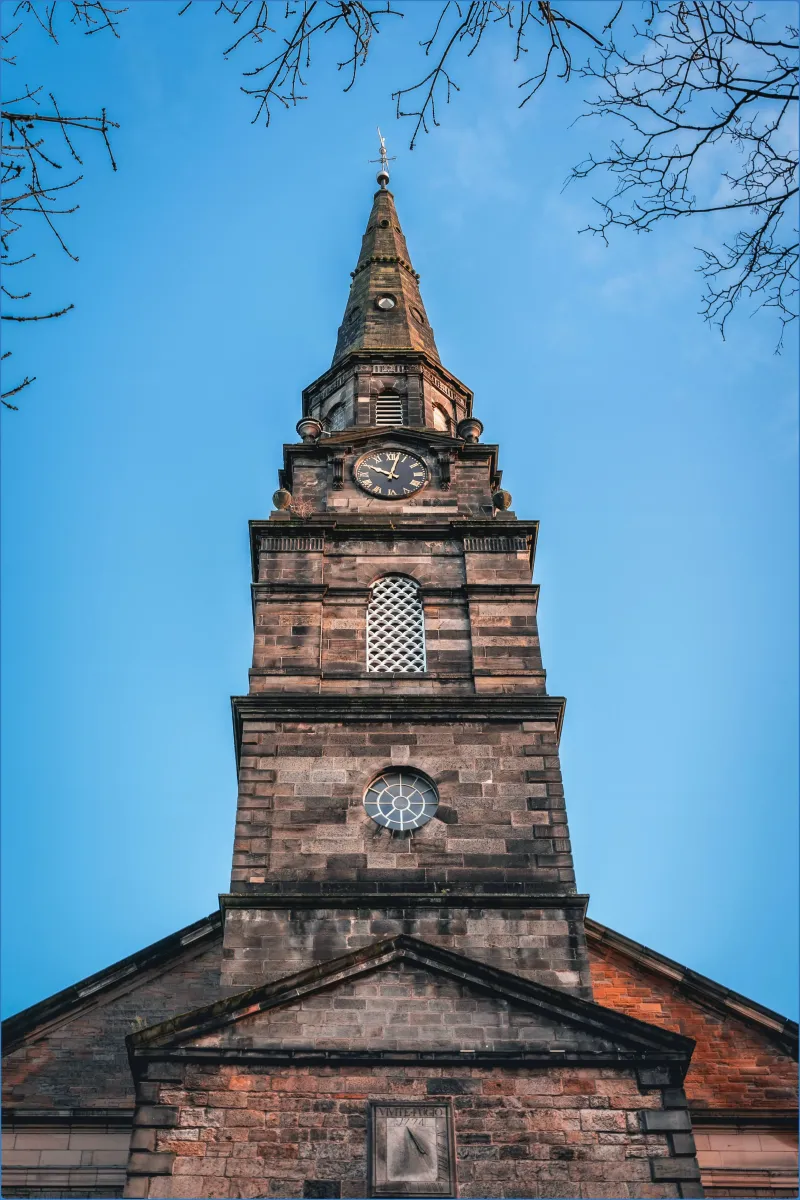
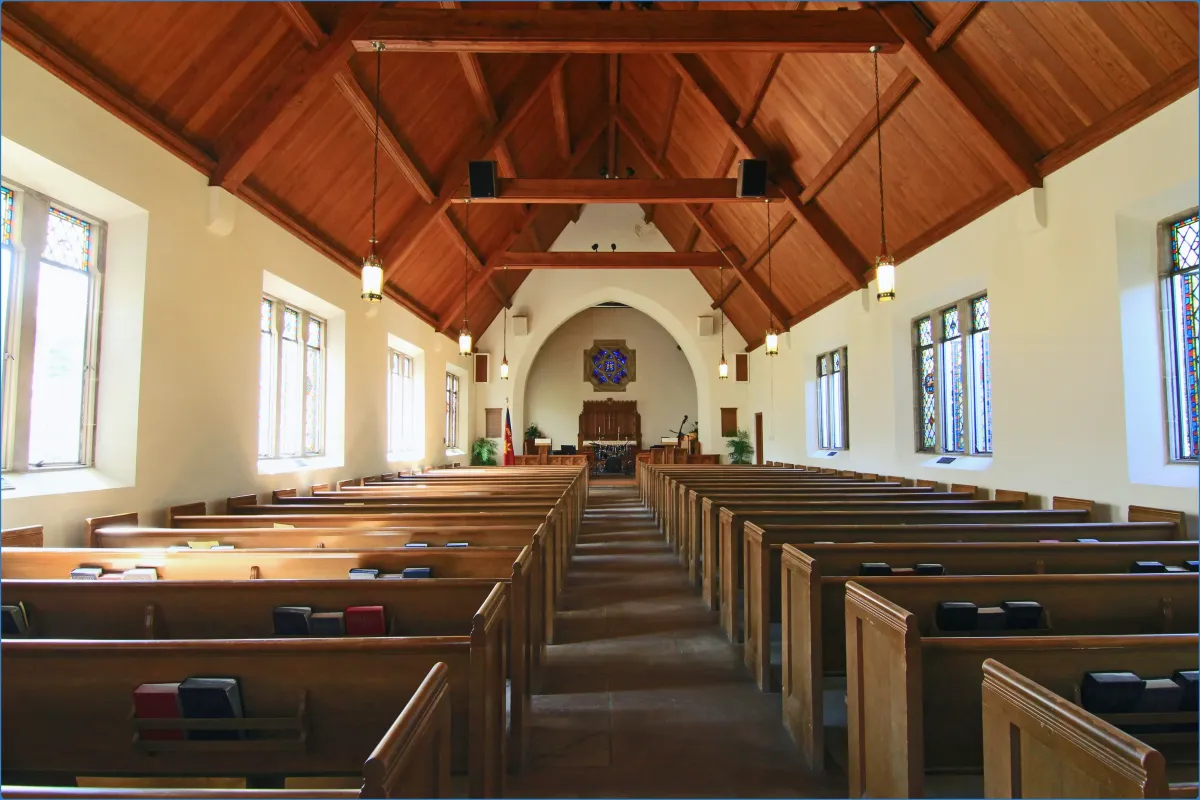
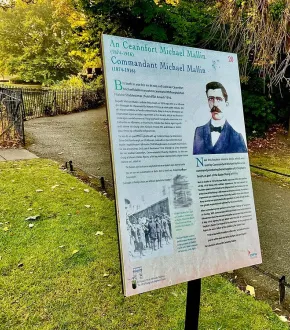



Comments